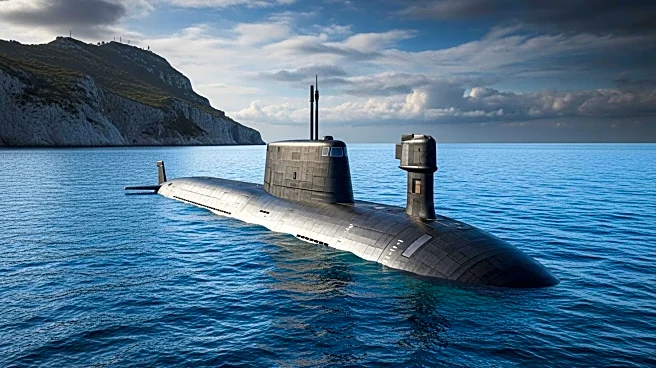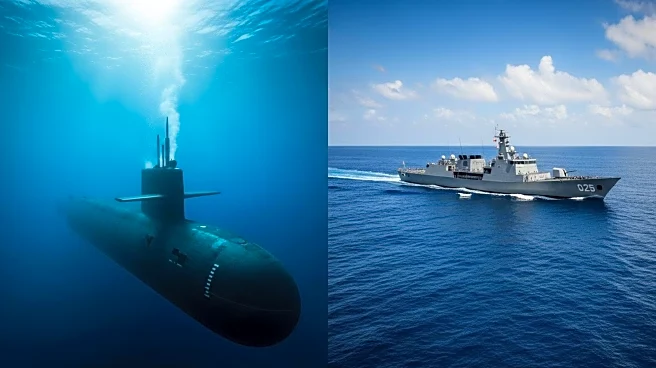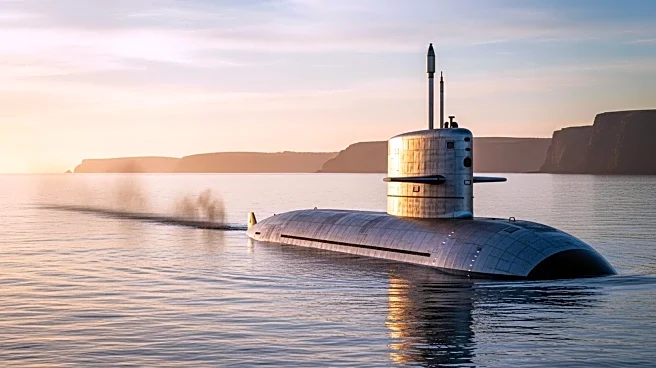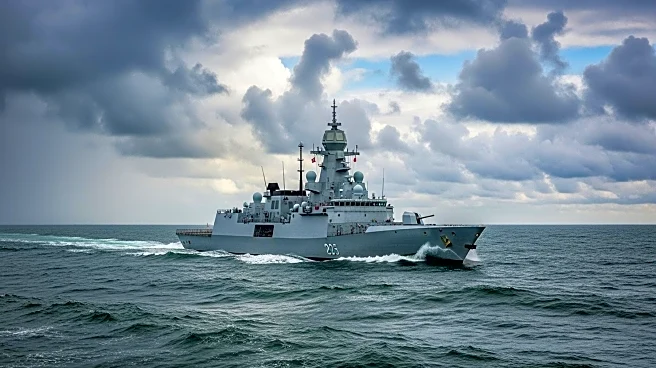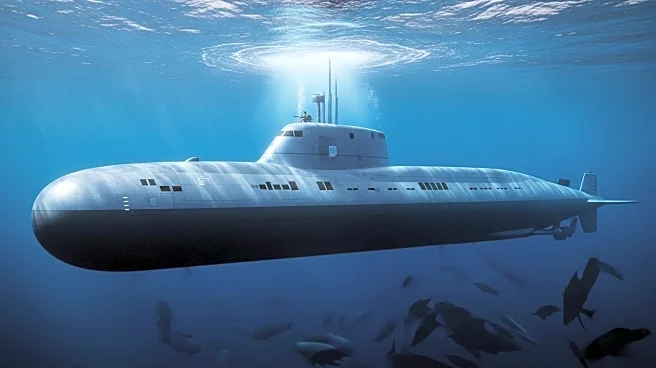What's Happening?
Two Russian naval vessels have reportedly sustained significant damage in separate incidents. The Project 636.3 submarine Novorossiysk experienced a critical fuel system malfunction in the Mediterranean, leading to fuel leakage into the bilge compartment. Meanwhile, the Project 21631 Buyan-M missile corvette Vyshny Volochyok collided with a civilian tanker in the Azov Sea, resulting in visible structural damage. Despite these incidents, official reports have downplayed the impact on combat readiness, attributing the corvette's damage to a 'drone attack' instead of a collision.
Why It's Important?
These incidents highlight potential vulnerabilities within the Russian naval fleet, raising questions about maintenance and operational readiness. The damage to these vessels could impact Russia's naval capabilities in strategic regions like the Mediterranean and the Azov Sea. Additionally, the discrepancies in official reports suggest possible attempts to manage public perception and maintain an image of military strength.
What's Next?
The Russian Navy will likely need to address the technical failures and repair the damaged vessels to restore operational capabilities. The incidents may prompt internal reviews of maintenance protocols and operational procedures to prevent future occurrences. International observers will be watching closely for any shifts in Russian naval deployments or changes in regional maritime strategies.
Beyond the Headlines
The situation underscores the broader challenges faced by military forces in maintaining complex naval assets. It also reflects the geopolitical tensions in regions where these vessels operate, as any perceived weakness could influence strategic calculations by other nations.

